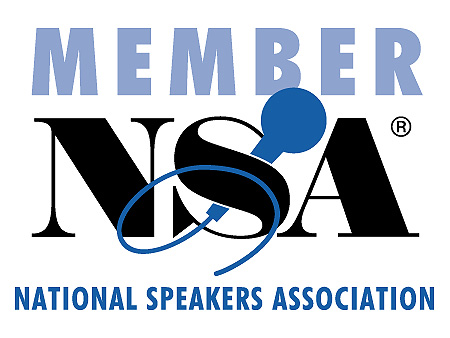 Send to Kindle
Send to KindleIs there any place that is truly free of conflict? If there is, I haven’t seen it. The fact is that humans will always disagree, have differing goals, or just have bad days. It’s a leader’s job to manage, not prevent, conflict to make it a positive rather than distracting force in the workplace. That seems like a difficult assignment. How does a leader manage conflict?
The first step is to understand that conflict will always be present. No matter how poised, composed, or peaceful a person may seem to be, there is always something that will bring them into conflict with someone else. I don’t know anyone who doesn’t have some issue or belief that will foster a disagreement with someone else. In fact, I don’t want to know anyone like that because I believe passion is important.
Next, learn to use conflict to attain a better result. There’s an old saying that if two people always agree, one of them isn’t necessary. One thing I’ve learned is that when I’m with a group of subordinates, I’m never the smartest guy in the room. Everyone there is an expert in their own area and it pays to listen to them. I welcome and encourage disagreement. It challenges my thinking and ensures important issues and concerns are not missed. When everyone agrees on a complex issue, I get concerned.
Third, know the difference between helpful and harmful conflict. Conflict that leads to personal attack or even violence is obviously bad. Unfortunately, there is a tendency of late to consider anyone disagreeing with the accepted wisdom as fostering a bad type of conflict. This isn’t true! As a rule of thumb, consider any disagreement with ideas, processes, or methods as potentially constructive. These conflicts can be expressed without resorting to personal attack. Though he didn’t actually say it, Voltaire is quoted as saying “I disagree with what you say but I will defend to the death your right to say it.” This is a perfect philosophy for a leader to adopt. Effective conflict management includes ensuring that everyone has a chance to express their thoughts, in expectation of a fair consideration.
The previous three steps allude to the fourth. The leader must encourage conflict. That sounds almost ludicrous in today’s world, but it’s vitally important. First, exactly because today’s world tends to discourage conflict, a leader must ensure everyone on the team is heard and that they can honestly express themselves without fear of censure. Second, by encouraging, and properly managing conflict, the leader provides a sort of relief valve. When conflict is stifled, the issues and problems causing the conflict will not go away, they’re just suppressed. At some point, that pot will boil over with very bad results.
Lately there has been considerable discussion in the news about civility with everyone begging for civility towards each other. That’s a great idea! But remember, civility refers to how you address yourself to others, not the subject of the conversation. Embrace the idea that it’s okay, even healthy to disagree. Just be nice about it.



